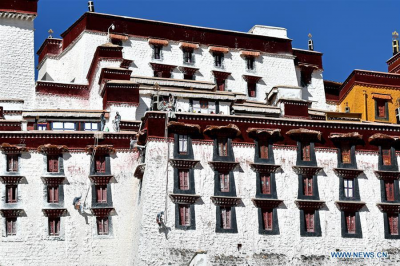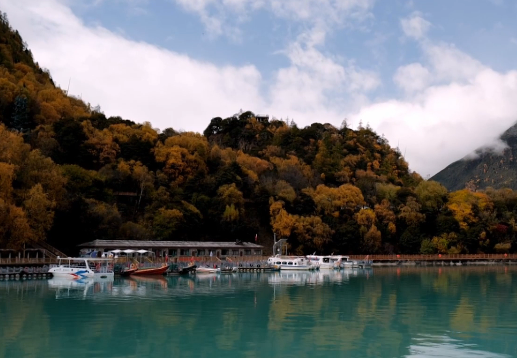| Aug.12, 2016 -- As a sort of demolded clay figurines exclusively made in Tibet, "Tsha-Tsha" is mainly small stupa and joss, which was the Buddhist artwork introduced from ancient India. Being a halidom used to express devout belief to Buddha and pray for good fortune, Tsha-Tsha is widely spread among the Tibetans.
It is reported that the Tsha-Tshas to be exhibited belong to Zhang Ying, famous painter, photogragher, Tibetologist and collector in Tibet Autonomous Region. With very high attainments in aspects of oil paintings, photograph and folklore studies, Zhang Ying has worked in Tibet for 44 years. Over 300 Tsha-Tshas will be exhibited in this exhibition, which are selected from over one thousand collections by himself. This exhibition will be open to the public from August 14 to August 31 at Buranju Art Space in Lhasa.
Tsha-Tsha is of various designs and takes round, square, and triangle as the main basic outlines, with the diameter varying from several to scores of centimeters. Some of them consist of a mere joss while some are comprised of hundreds of josses. The most common raw material for Tsha-Tsha is clay, which is extruded to be demolded using concave-shaped mould, then is dried and shaped (in some cases firing and colored drawing are added). Wild oat or other mascots are embedded into the back of the clay joss at the time of making, so as to repose the maker's pray and wish. More valuable Tsha-Tshas are made of precious medicines such as pearl, agate and saffron. Such figurines provide curing efficacies other than the role in spiritual bailment. The most precious Tsha-Tshas are made of the mixture of clay and cremains of the late Living Buddha. They are taken as amulets which are believed to be capable of keeping off wickedness.
Tsha-Tshas are usually used together with prayer banners and Marnyi Stones, which are frequently seen in stupa, cavern in Athos, the bank of Deity Lake, Mani stone mound and the way of turning scripture. Such places are built by Tibetans with numerous maisonettes used to accommodate Tsha-Tshas. They are roughly of a person's height and are commonly known as Tsha-Kang, meaning Tsha-Tsha temple. In their view, Tsha-Kang provided with more Tsha-Tshas are more abundant in Buddha nimbus, and walking around such a Tsha-Kang for one circle indicates saluting to Buddha, which can alleviate personal sin and increase good fortune.
Tsha-Tsha sculpture is a combination of decorative factors of painting, architecture and sculpture art. It is impacted by cultural exchanges between Han and Zang and serves as the representative of Tibetan Buddhist art and handicraft.
|
- Home
- News Tibet |Exclusive |China |World |Other Tibetan-Inhabited Area |Tibet through the Eyes of Foreigners |Related News
- Documents White Papers |Others
- Photo Politics |Economy & Society |Culture & Religion |Human & Nature |Beautiful Tibet |Other Tibetan-Inhabited Area |Exchanges |Related
- Video News |Documentary |Micro-Video |Entertainment
- Art
- Tourism
- In Focus
- About Tibet






